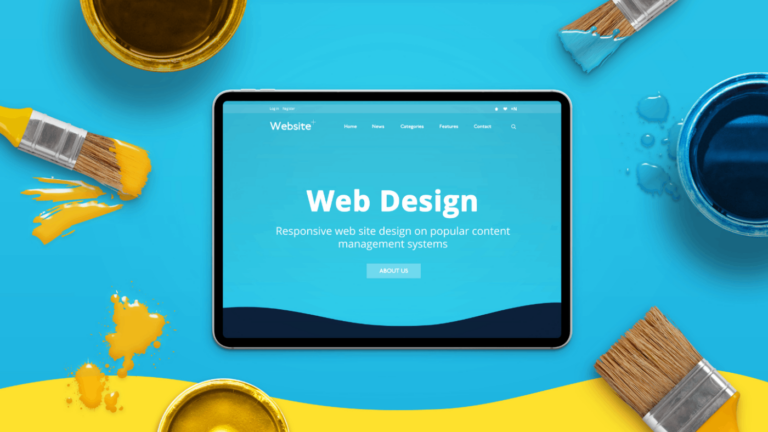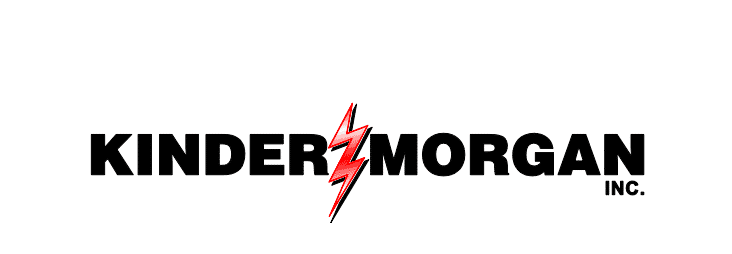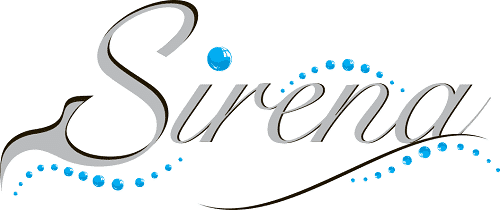
In a digital world where attention spans are shrinking, the need for clear, engaging, and distraction-free websites is greater than ever. Minimalist website design embraces simplicity, ensuring that every element serves a purpose. By eliminating unnecessary clutter, minimalist design creates a clean and intuitive experience that drives user engagement and enhances conversions.
This blog explores how minimalist design can lead to higher engagement, better usability, and a stronger brand identity. We’ll dive into the core principles, benefits, and best practices to help you create a website that is both aesthetically pleasing and functionally superior.
What is Minimalist Website Design?

Minimalist website design is a design philosophy that focuses on simplicity, clarity, and efficiency. It removes excessive elements and distractions, ensuring that users can navigate the site effortlessly. A minimalist website typically features a clean layout, ample white space, simple typography, a restrained color palette, and intuitive navigation.
The core idea behind minimalism is that “less is more.” When a website eliminates clutter, it enhances usability, improves readability, and directs users toward key actions, ultimately driving higher engagement and conversions.
Why Minimalism Drives More Engagement

Faster Load Times
A minimalist website has fewer elements, which means it loads faster. Studies show that users are more likely to leave a website if it takes longer than three seconds to load. By reducing unnecessary graphics, animations, and scripts, a minimalist design ensures a seamless, high-speed experience that keeps visitors engaged.
Improved Readability and Focus
A cluttered design overwhelms users and makes it difficult to absorb key information. Minimalist websites prioritize clean typography and ample white space, allowing content to stand out. When users can easily read and process information, they are more likely to engage with it.
Seamless Navigation
Overcomplicated navigation frustrates users and leads to higher bounce rates. Minimalist websites streamline navigation by keeping menus simple and reducing the number of clicks required to access important pages. This ensures that visitors can find what they need quickly and efficiently.
Stronger Visual Impact
Minimalist websites rely on bold typography, strategic use of color, and high-quality imagery to create a strong visual impact. Without distractions, users focus on the most important elements, such as call-to-action buttons and key messages, increasing engagement and conversions.
Enhanced Mobile Experience
With more users browsing on mobile devices, responsive design is essential. Minimalist websites are naturally mobile-friendly because they eliminate unnecessary elements that could slow down performance or create a cluttered appearance on smaller screens.
Key Principles of Minimalist Website Design

White Space for Better Readability
White space, also known as negative space, is a crucial element of minimalist design. It creates a sense of balance and allows content to breathe, making it easier for users to focus on key messages. Effective use of white space enhances readability and improves the overall aesthetic of a website.
Simple and Clean Typography
Typography plays a major role in minimalist design. Sans-serif fonts are commonly used for their modern and clean appearance. Large, high-contrast fonts improve readability and create a visually appealing experience. Choosing the right typography ensures that users can easily scan and digest information.
Limited and Purposeful Color Palette
Minimalist websites often use a restrained color palette to create a sense of harmony and consistency. A well-chosen color scheme can evoke emotions, guide users’ attention, and reinforce brand identity. Typically, minimalist designs use neutral backgrounds with one or two accent colors to highlight important elements.
High-Quality Imagery and Icons
Minimalist design doesn’t mean eliminating visuals—it means using them intentionally. High-quality images and simple, intuitive icons can replace text, making the website more engaging while maintaining a clean look. Every visual element should add value rather than serve as mere decoration.
Functional and Straightforward Navigation
Navigation should be intuitive and easy to use. Minimalist websites avoid excessive menu items and unnecessary links, focusing on essential pages. A well-organized structure ensures that users can find information quickly, enhancing their overall experience.
Consistency in Design Elements
Consistency is key in minimalist design. Maintaining uniformity in fonts, colors, spacing, and layout creates a cohesive and polished appearance. When users encounter a consistent design, they feel more comfortable navigating the website, leading to higher engagement.
The Psychological Impact of Minimalism

Reduced Cognitive Load
A cluttered website forces users to process too much information at once, leading to decision fatigue. Minimalist design simplifies choices, making it easier for users to navigate and engage with the site. By presenting information in a clear and structured way, minimalism enhances the user experience.
Increased Trust and Credibility
A clean, well-structured website appears more professional and trustworthy. Users are more likely to engage with a site that looks polished and reliable. Minimalist design conveys a sense of sophistication and expertise, making visitors feel confident in the brand.
Higher Retention and Engagement
When a website is visually appealing and easy to use, visitors are more likely to stay longer and explore multiple pages. This increased engagement leads to lower bounce rates and higher conversion rates. Minimalism creates an enjoyable user experience that encourages return visits.
SEO Benefits of Minimalist Website Design

Faster Page Load Speeds
Google prioritizes fast-loading websites in search rankings. Since minimalist websites have fewer elements, they load faster, improving both user experience and SEO performance.
Mobile Optimization for Better Rankings
Google follows a mobile-first indexing approach, meaning that mobile-friendly sites rank higher in search results. Minimalist design ensures that websites perform well on all devices, improving visibility in search engines.
Better User Engagement Metrics
SEO isn’t just about keywords; it also considers user behavior. Minimalist websites typically have lower bounce rates and higher session durations, both of which positively impact search engine rankings.
Best Practices for Creating a Minimalist Website

Define Your Website’s Core Purpose
Before designing a minimalist website, establish its primary goal. Every element should support this goal and contribute to a seamless user experience.
Keep Content Concise and Clear
Avoid unnecessary text and lengthy explanations. Use short paragraphs, bullet points, and subheadings to make content easy to scan. Users should be able to find key information quickly without feeling overwhelmed.
Optimize Images and Multimedia
Use high-quality visuals, but ensure they are optimized for fast loading. Avoid excessive videos or animations that could slow down performance. Strategic use of images enhances the design without compromising speed.
Simplify Navigation and User Flow
Make it easy for users to move through the site with minimal effort. A simple menu, well-placed call-to-action buttons, and clear page hierarchy help guide users toward their intended actions.
Test and Iterate for Continuous Improvement
Minimalist design is about refinement. Regularly test your website’s usability and performance, making adjustments based on user feedback and analytics. Continuous improvement ensures a better experience over time.
Conclusion: Less is More in Web Design

Minimalist website design is not just about aesthetics—it’s a powerful approach that enhances user engagement, improves functionality, and drives higher conversions. By focusing on simplicity, clarity, and usability, businesses can create websites that deliver a seamless experience while maintaining a strong visual appeal.
If you’re looking to improve your website’s effectiveness, consider embracing minimalism. By reducing clutter, optimizing navigation, and prioritizing content, you can create a site that captures users’ attention and keeps them engaged for longer.





















